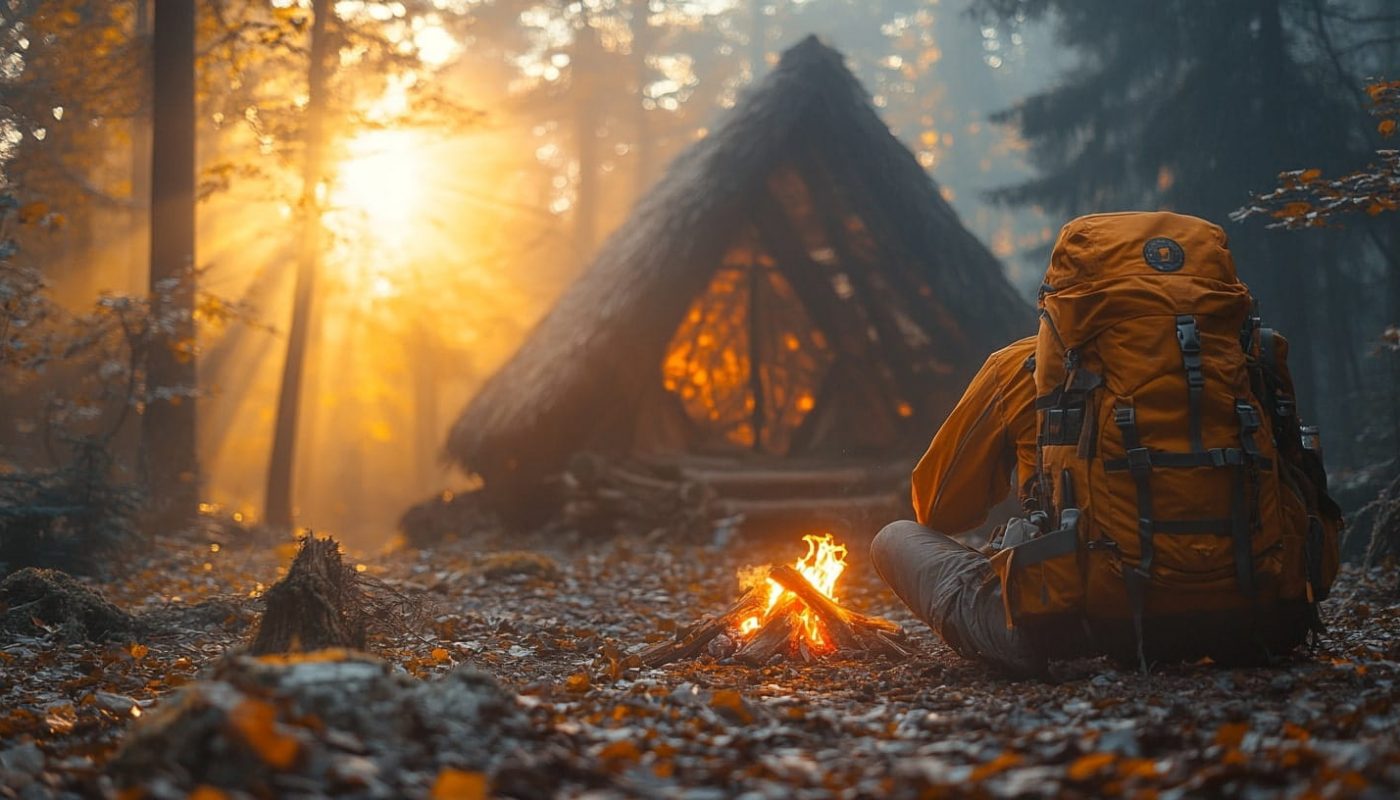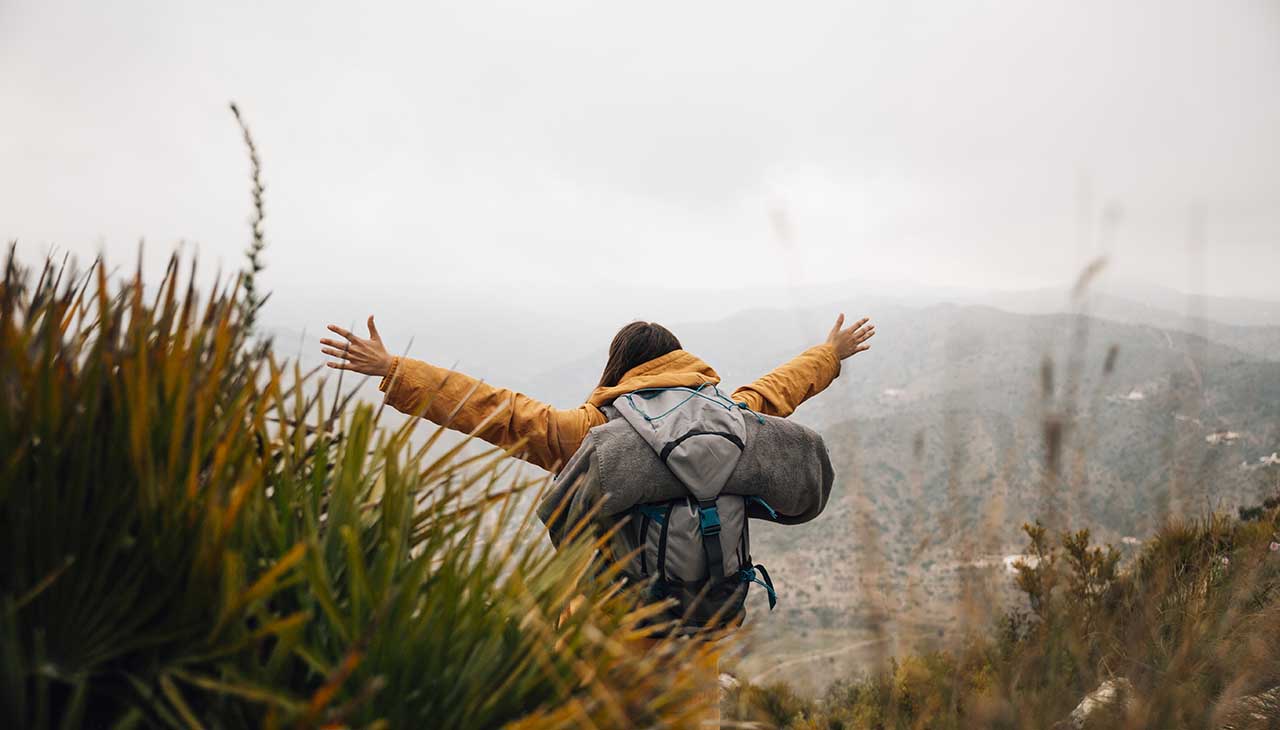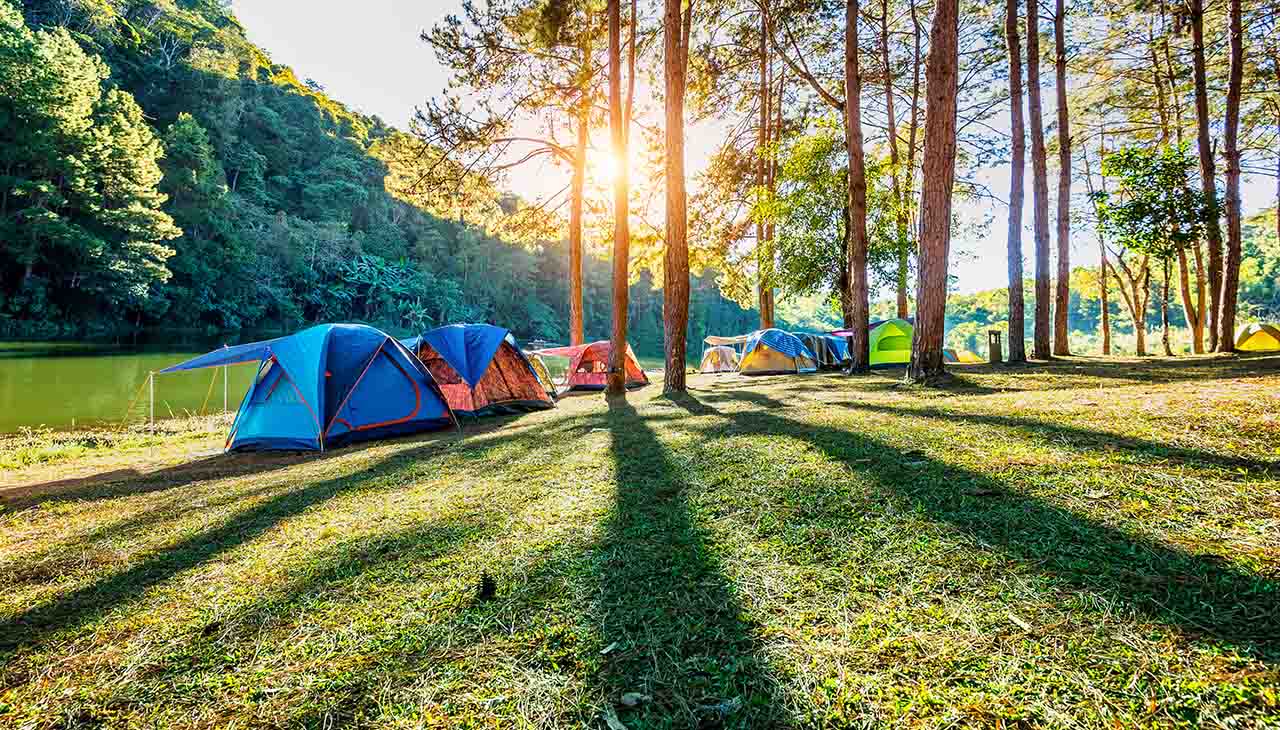Exploring the wilderness is an exhilarating experience, offering breathtaking landscapes, solitude, and the chance to reconnect with nature. However, the great outdoors also comes with risks. From unpredictable weather to unexpected injuries, a survival situation can arise at any moment. Whether you’re planning a day hike, a camping trip, or an extended expedition, knowing how to survive in the wild is an invaluable skill. In this guide, we’ll dive into essential wilderness survival tips to help outdoor enthusiasts stay safe, prepared, and confident in any situation.
Preparation: The Foundation of Survival
Wilderness survival begins before you set foot on the trail. Proper preparation can significantly reduce your chances of encountering emergencies. Start by researching the area you plan to visit. Understand the terrain, climate, wildlife, and potential hazards. Knowing what to expect helps you pack the right gear and plan accordingly.
Your survival kit is the cornerstone of preparedness. At a minimum, it should include a reliable knife, fire-starting tools, a first aid kit, a water filtration system, and a map and compass. Modern gadgets like GPS devices and personal locator beacons are also invaluable, but never rely solely on technology—batteries die, and devices can fail.
Clothing is another critical component. Dress in layers to adapt to changing weather conditions and choose moisture-wicking materials to stay dry. Always pack a lightweight rain jacket and a hat to protect against sun or cold.
Lastly, inform someone about your plans. Share your itinerary and expected return time with a trusted friend or family member. This ensures that someone will know to raise the alarm if you don’t return as planned.
Building a Shelter: Staying Safe from the Elements
Exposure to the elements is one of the biggest threats in a survival situation. Whether it’s scorching heat, freezing cold, or torrential rain, having a shelter can mean the difference between life and death.
If you find yourself without a tent or pre-made shelter, look for natural features like caves, overhangs, or dense trees that can provide cover. If none are available, you’ll need to construct your own.
For a quick and effective shelter, use materials around you. Lean branches against a sturdy base, such as a tree or rock, to create a frame. Cover it with leaves, pine needles, or bark to insulate against wind and rain. Ensure your shelter is elevated and away from potential hazards like flooding or falling branches.
Finding and Purifying Water
The human body can only survive a few days without water, making it a top priority in the wilderness. Look for natural water sources like streams, rivers, or ponds. If you can’t find any, observe the behavior of wildlife or follow trails of animals, which often lead to water.
However, never drink directly from a natural source without purifying the water first. Contaminants like bacteria, parasites, and viruses can cause severe illness. Boiling water is the most reliable method of purification, but if that’s not an option, use a portable water filter, purification tablets, or even natural methods like sand and charcoal filtration.
If you have no access to water sources, you can collect dew from plants using a cloth or create a solar still to extract moisture from the ground or vegetation.
Starting and Maintaining Fire
Fire is a multipurpose survival tool. It provides warmth, light, and protection, and can be used for cooking, water purification, and signaling for help. Being able to start a fire in challenging conditions is an essential skill for outdoor enthusiasts.
Always carry multiple fire-starting tools, such as waterproof matches, a lighter, and a magnesium fire starter. If you lose these, you can use natural methods like a bow drill or flint and steel, though these require practice and patience.
To build a fire, start with dry tinder, such as dry grass, leaves, or bark. Gradually add kindling (small sticks) and then larger pieces of wood. Ensure your fire is in a safe location, away from overhanging branches or dry vegetation, and extinguish it completely before leaving the area.
Navigating the Wilderness
Losing your way in the wilderness can quickly turn into a dangerous situation. Learning basic navigation skills ensures you stay on track and find your way back if you get lost.
A map and compass are essential tools for wilderness navigation. Practice using them before your trip, as they require knowledge to use effectively. If you don’t have these tools, natural navigation methods can help. The sun rises in the east and sets in the west, and moss often grows on the shaded side of trees in the northern hemisphere.
If you realize you’re lost, stay calm. Panicking can lead to poor decisions. Instead, stop, assess your situation, and retrace your steps if possible. If you can’t find your way, stay in one place and create signals, such as smoke, reflective materials, or large ground markings, to attract rescuers.
Foraging and Food Sources
While the human body can survive weeks without food, having a source of nourishment can boost your energy and morale. In a survival situation, focus on easily accessible food sources like plants, insects, and fish.
Learn to identify edible plants in the area you’re exploring. Carry a field guide if possible, as some plants can be toxic. Insects, while not appealing to most, are rich in protein and relatively easy to find under logs or rocks. Fish can be caught using simple traps, lines, or even your hands in shallow streams.
Avoid hunting large animals unless you’re skilled and equipped to do so—it consumes significant energy and time.
Emergency Signals and Rescues
If you’re in a survival situation, signaling for help is critical. Bright colors, reflective materials, and loud noises can draw attention. Smoke from a fire is a universal distress signal, as are three loud whistles or three ground markers arranged in a triangle.
Carrying a whistle or mirror specifically for signaling can significantly increase your chances of rescue. If aircraft are searching for you, try to create visible markings on open ground, such as spelling “SOS” with rocks or branches.
Maintaining a Positive Mindset
Survival isn’t just about physical preparedness; mental resilience plays a huge role in your ability to overcome challenges. Staying calm and maintaining a positive outlook can keep you focused and motivated.
Take deep breaths when feeling overwhelmed and remind yourself of the steps you’ve already taken to improve your situation. Setting small, achievable goals—like gathering firewood or finding water—can help build a sense of progress and control.
Conclusion
Wilderness survival is a combination of preparation, knowledge, and adaptability. By equipping yourself with the right tools, practicing essential skills, and maintaining a positive mindset, you can navigate and thrive in even the most challenging outdoor environments.
Whether you’re an experienced adventurer or new to the outdoors, these survival tips will ensure that you’re ready for whatever nature throws your way. Remember, the wilderness can be unpredictable, but with the right mindset and skills, it can also be immensely rewarding.




